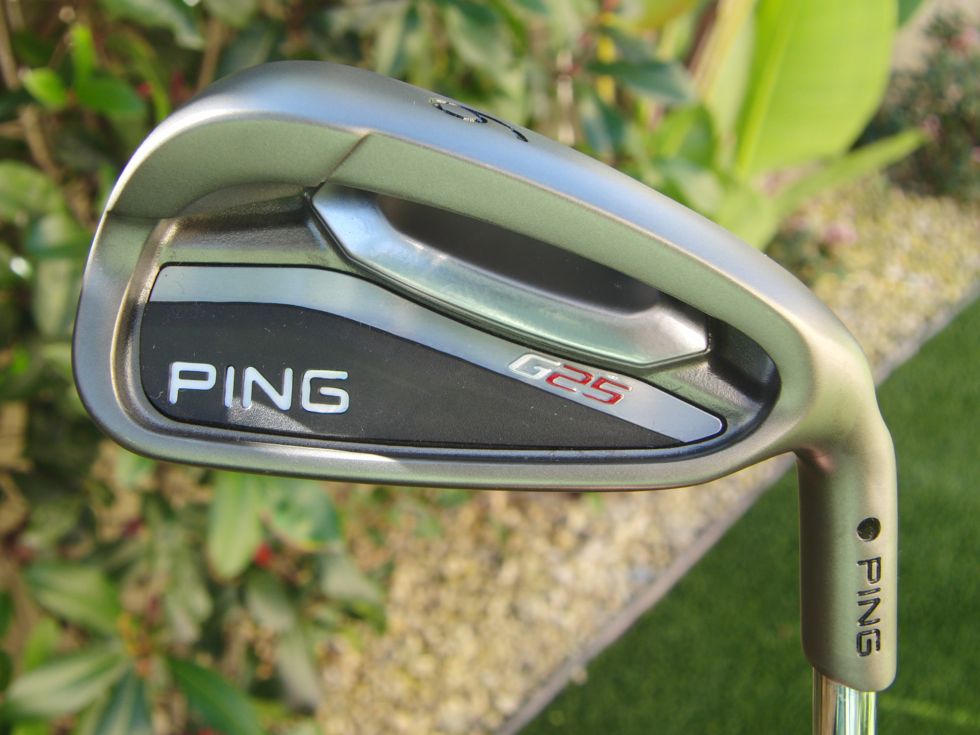 When I think of PING my first thought is to the revolution that they brought to the market with cast cavity-back irons, the PING Eye2. Since that time PING has continued to make irons every type of player – from the average to the touring pro. It is my opinion that PING has one of the most loyal fan bases of any of the club makers, and anytime a new iron set is released there is bound to be excitement. With the announcement of the new G25 irons PING has once again created quite a stir.
When I think of PING my first thought is to the revolution that they brought to the market with cast cavity-back irons, the PING Eye2. Since that time PING has continued to make irons every type of player – from the average to the touring pro. It is my opinion that PING has one of the most loyal fan bases of any of the club makers, and anytime a new iron set is released there is bound to be excitement. With the announcement of the new G25 irons PING has once again created quite a stir.
The newest offering from PING, the G25s are a slight change from the G series of irons that PING has traditionally been offering. It seems they have taken feedback from golfers that the top line and sole width had been getting too large and decided to have the designers change it up a bit with the G25s. Even with all the cosmetic and performance changes PING wanted to make sure it was a high performing and forgiving iron that would appeal to golfers of all skill levels.
For this review I was given a set (4-PW) of PING G25 irons with PING’s CFS stiff shafts.
Technology
The main difference PING has made with the G25s over the G20s has to do with a more efficient design of the custom tuning port (CTP). PING has integrated the bottom of the CTP structure into the sole of the club. By moving this port PING engineers could save fifteen grams of weight and move that weight towards the hosel and low toe. The improved CTP design also allowed the engineers to move the center of gravity lower and drive up MOI. In the G20 irons PING had moved the weight down in the sole club to improve the launch conditions, but it had allowed the sole to become very large in the process. PING engineers with the G25 wanted to reduce the size of the sole but keep the forgiveness and ideal launch conditions.
The new CTP is now positioned directly in the impact area, this combined with the newest heel and toe support bars and low toe weight now act to stabilize the face, providing improved distance control. The face of the club has also been thinned to move more of the weight to the perimeter of the club which gives improved forgiveness and a high MOI clubhead.
This is not to say that PING has abandoned the strategy of large sole widths in the G series irons. Although the G25s are a thinner sole, they now have a more progressive sole width which means the longer irons still have the wider sole providing higher-launching and more forgiving long irons. The thinner soles provide the short irons with added playability and control in any playing conditions. This progressive narrowing of the sole through the set makes the G25 appeal to golfers of all abilities.
We wanted to realign the size of our staple G Series irons to be more in the sweetspot of the game enjoyment category.
Mary Jertson, PING senior design engineer
PING also made some additional changes to the cavity of the club by adding a mulit-material badge made of aluminum and a soft elastomer to ensure a solid sound and feel while enhancing distance control.
With the G25 irons PING also changed the finish of the 17-4 stainless steel to a new darker finish, which PING feels helps the clubhead look smaller and sleeker in the address position.
Esthetics
Because PING uses stainless steel, the irons when they come out of the box have such a great look to them. Because PING has chosen to give the G25 irons a darker finish this look is now enhanced. The first thing you notice about the new irons is the darker finish which I would describe as a cross between the old grey PING iron color and almost black color that gun metal color that some irons have. My guess is that this finish is likely to fade a bit as the irons get used over time, but this will likely give them a bit of character in your bag. I believe PING made a good choice here.
The first thing one notices anytime you hold PING irons is the different connection to the shaft that the irons have. PING does not use a ferrel to attached the irons and the G25s are no different. Because I have played PING irons in the past this does not bother me, but to some this look may be quite different. Also a PING tradition in the hosel is the small missing section which is more a design feature than adding much functionality now. The hosel also has the PING logo etching into it, along with the color dot indicating the lie angle of the club. PING has numerous lie angle offerings which are denoted with different colors in this dot.
One of the big changes in the G25 irons is the thinner topline at address versus the G20 irons. Most golfers appreciate the thinner top line because it puts the focus more on the face of the club and how it frames itself agains the ball. I think the top line fits in middle of the pack compared against other clubs, not as thin as some of blades irons available but thinner than many of the other game improvement irons available. I think it was an excellent choice by PING.
The back of the clubhead is very modest with the CTP in a dark silver color at the bottom of the clubhead. The CTP is framed by heel and toe support bars. At the top of the back of the clubhead you can see the multi material badge which is made from lightweight aluminum and a black elastomeric coating. In the thin aluminum pieces, towards the hosel of the clubhead the G25 logo is done with a white G and red 25. Inside the black elastomeric coating the PING logo is put towards the toe of the club. When you go to grab the club out of your bag you will feel the black elastomeric coating that is in there. This is a nice touch which I have not seen on other clubs. I am slightly concerned about the long term stability of the badge where it is put, I am worried it might fall out, but for now it looks great.
The face is very traditional and not distracting at all. The last groove in the face is painted white as is tradition with PING clubs. Also the face has the club number engraved into the face, which is a great added feature. The G25 irons have a good deal of offset especially with the longer irons. The G25 irons have less offset in the shorter irons when compared to the G20 irons, but still quite a bit more than some of the other irons I have reviewed.
Because of the larger sole design of the long irons at address the 4 and 5 iron the back of the sole can be seen just behind the top line. To some golfers this can be a distraction, but with most golfers now playing hybrids that may no longer be the case. I did not find this a distraction while I was using the irons.
Playability and Feel
Around my golf club there was a great deal of buzz surrounding the new irons from PING. Many people feeling that these G25 irons where some of the best that PING has produced in while. I was very skeptical, because while I have owned a number of PING sets I have never been totally in love with the irons. After getting the chance to try these irons I think they have lived up to the hype.
Each iron had a crisp feel and the ball came shooting off the face. They were forgiving, but they managed to still give feedback to me on where on the face I hit the ball. Feedback can be tough to find on most game improvement irons. In my opinion they have an excellent balance between feeling where you hit the shot and being forgivine enough not to punish you too much when you do miss. This is the most redeeming quality of these irons. They are mostly average with regards to distance, maybe slightly longer, but it is not a big difference. Mishits carried quite well, some other game improvement irons might be a bit better there, but they are still very forgiving.
Ball flight was a boring mid-trajectory for the short and middle irons, and the longer irons had a slightly higher ball flight. This combination was excellent for me as sometimes I can struggle to get the longer irons to stop on the green. Although, if I can get the ball to stop on the green fast enough and the irons don’t balloon up in the air then I rarely pay much attention to the trajectory. These irons did not balloon and stopped nicely so they did not add to much drama to my game.
The sound the clubhead makes is very solid. Because of the larger sole I did not take as much divot as I normally do, especially with the longer irons. Although as long as the performance is not affect as was the case with these irons that doesn’t bother me. I found that I could work the ball either way with these irons. This can tend to be tough with most game improvement irons, but the G25s did quite well there.
If there was one drawback to the irons, for me it is the amount of offset in the longer irons. I understand that with the G25 irons PING has reduced the amount of offset, but especially with the longer irons there is still quite a bit. For the better players this amount of offset may be a little bit of a turn off. I found the four and five irons to have a bit of overdraw to them when I first started working with the irons. After I got use to the amount that was there this became less of an issue.
I was slightly concerned before playing the irons about whether or not I would like the PING CFS shafts, as they are not as popular as some of the other brands. I would tell most golfers to put those concerns aside because the shafts performed as good as any of the big brand shafts I have tried. Still if you want a custom shaft option PING can substitute any of the major shafts into the irons for you.
Specs
Club Loft Length Offset Lie Bounce Swing Weight ---- ---- ------ ------ --- ------ ------------ 4I 23° 38.25" 0.29" 60° 1° D0 5I 26° 37.75" 0.26" 60.75° 3° D0 6 29° 37.25" 0.23" 61.50° 5° D0 7 32° 36.75" 0.21" 62.25° 7° D0 8 36° 36.25" 0.18" 63.00° 9° D0 9 40° 35.75" 0.16" 63.75° 10° D0 PW 45° 35.50" 0.14" 64.00° 11° D2
Conclusion
In conclusion PING has stepped up their game by introducing the G25 irons. I like the new marketing category that PING has created by calling them the game enjoyment classification. I do think that by putting these irons in this category it is trying to differentiate them from standard game improvement irons which most good players tend to shy away from. There really needs to be a category for irons that can give the forgiveness that high handicap golfers need, but the playability and feel that the better players desire as these G25 irons do. I am not sure game enjoyment will stick but I think PING is doing quite a great job merging these two categories with these irons.
The performance of the irons was second to none, and should put these irons at the top of anyones list to try if considering a new purchase. Without this opportunity to review these irons I likely would have never given these irons a second look. This would have been a considerable mistake. In this reviewers opinion these are the best PING irons that I have tried, to be fair I have not tried them all, so it is certainly possible that PING has made better irons but I have not tried them.
I think all of the changes that PING made to the G25 irons over the G20 irons were all very good changes. Starting from the darker finish, thinner top line, thinner sole, reduced offset, and all the performance enhancements they made with the change to the CTP. All of these changes are improvements that will help the clubs not only appeal to the loyal PING G series followers but also convincing some better players to give them a try.

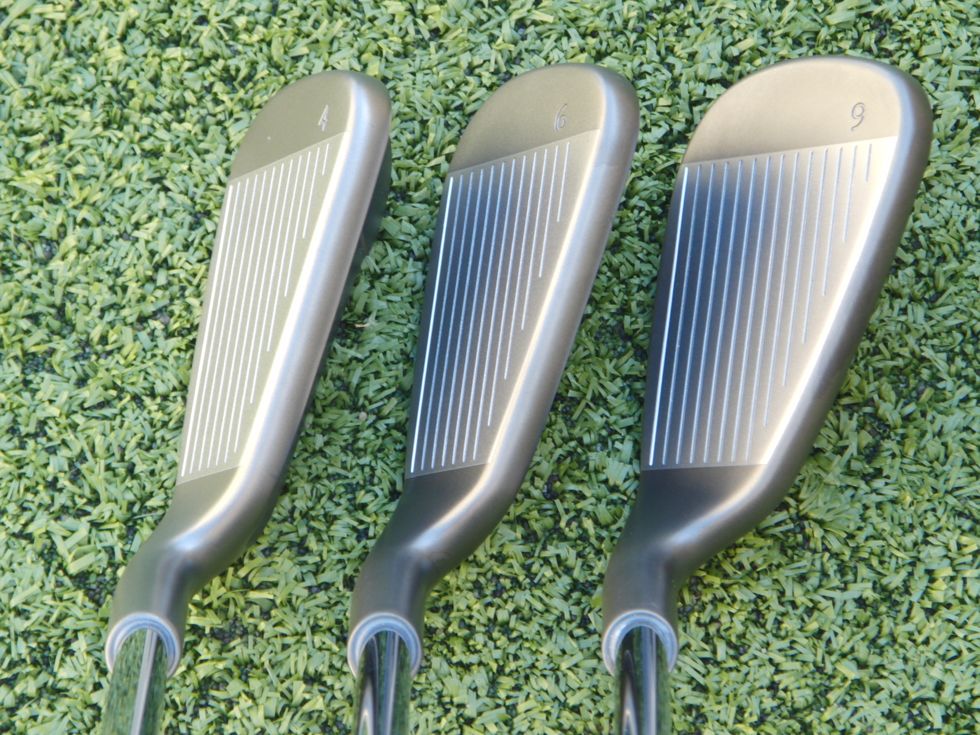
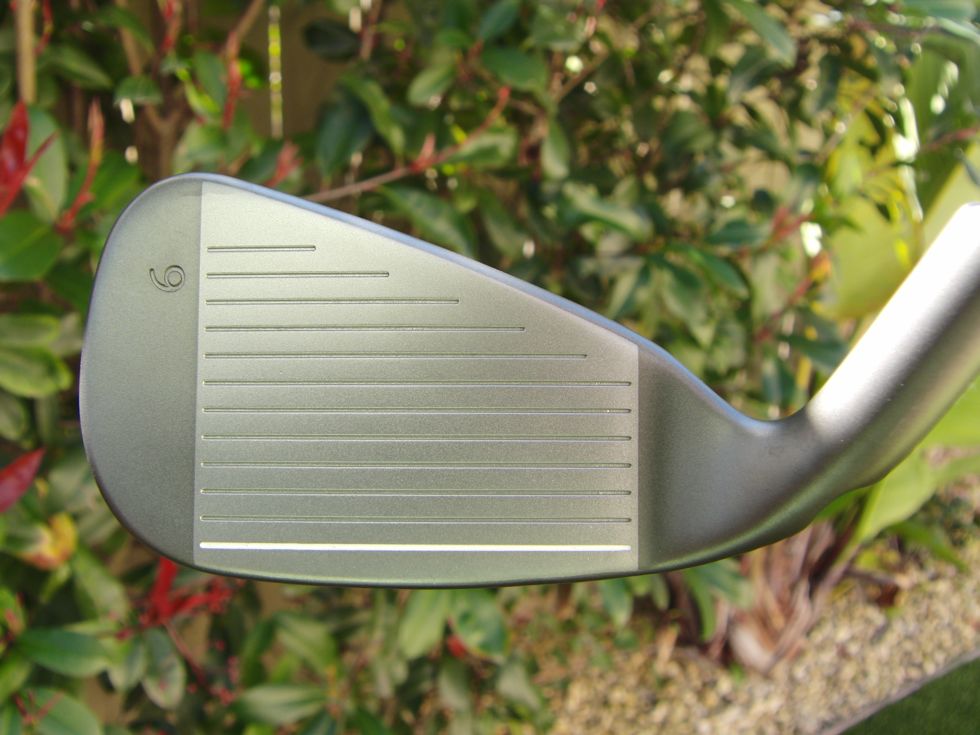
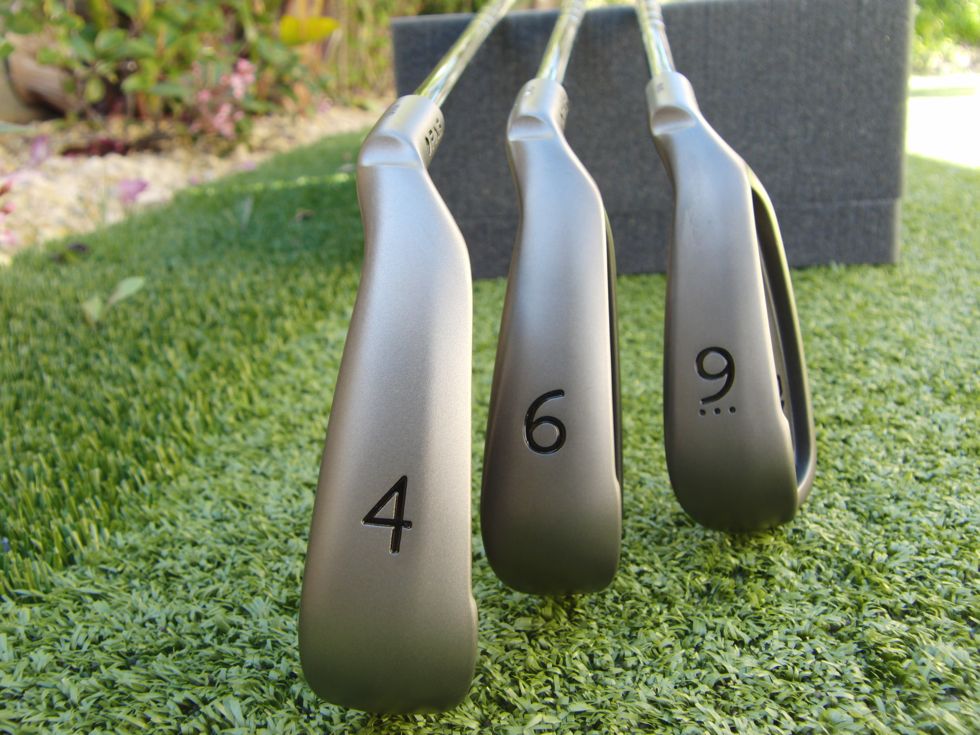
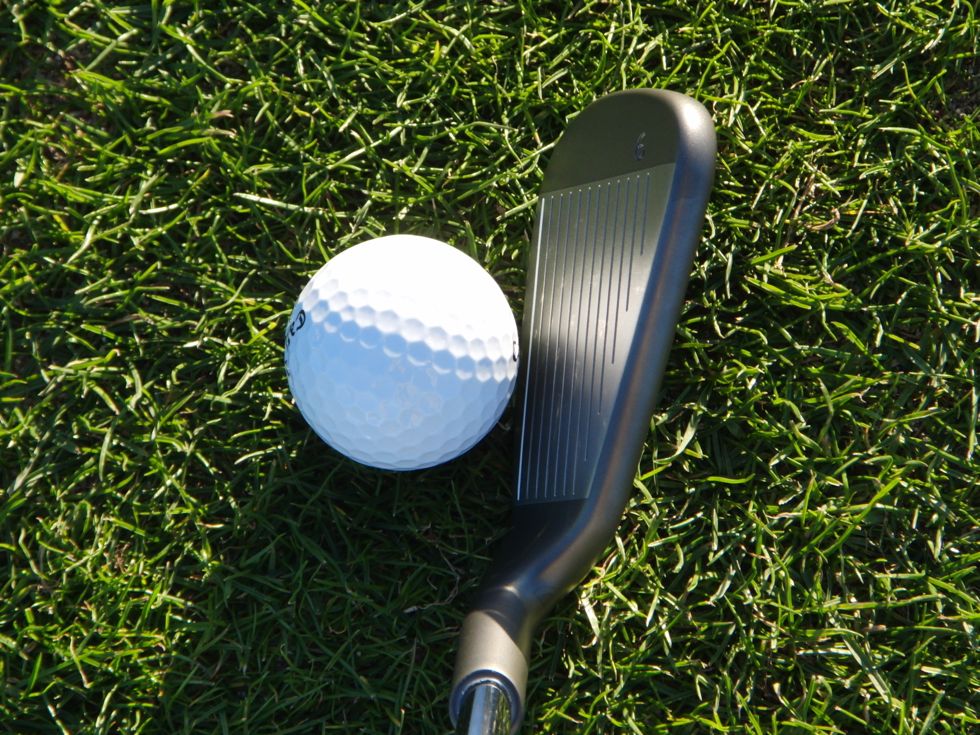
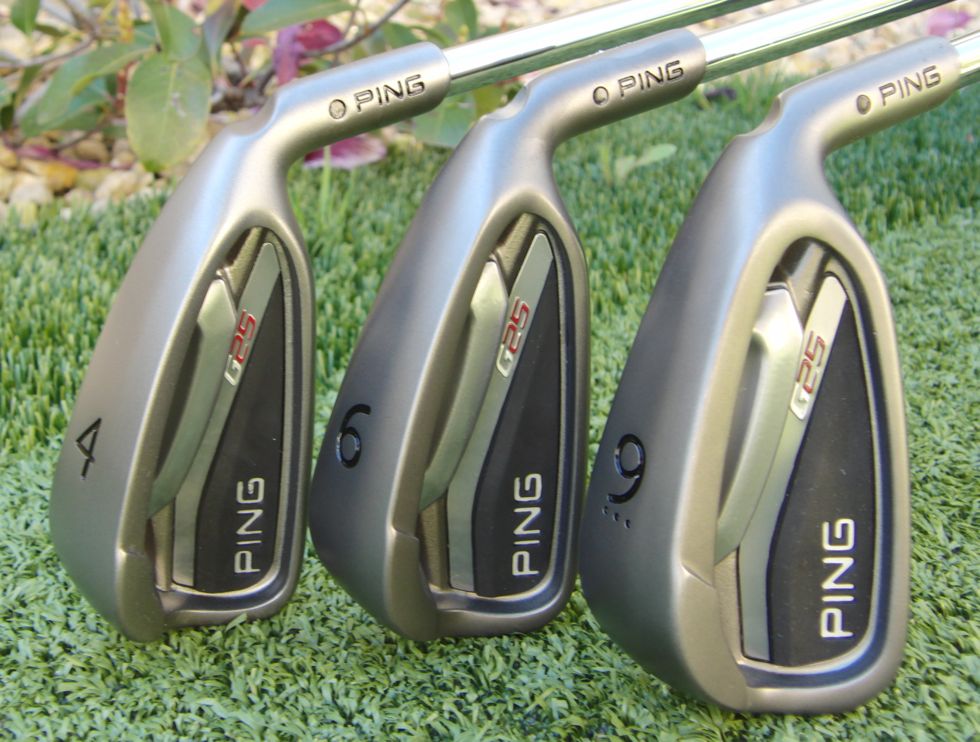
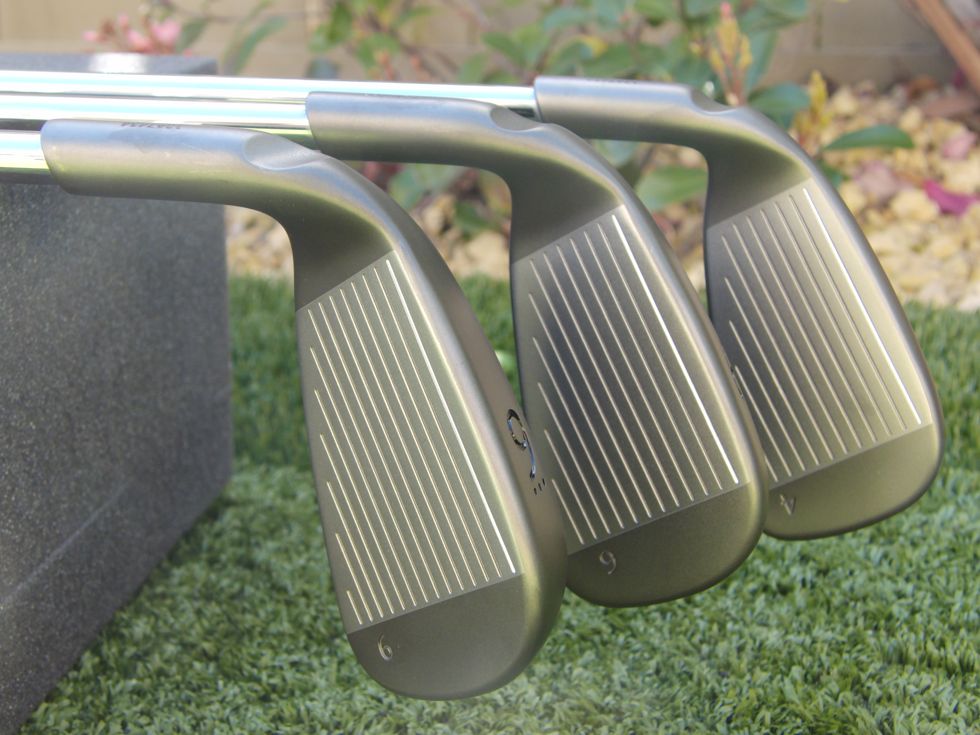
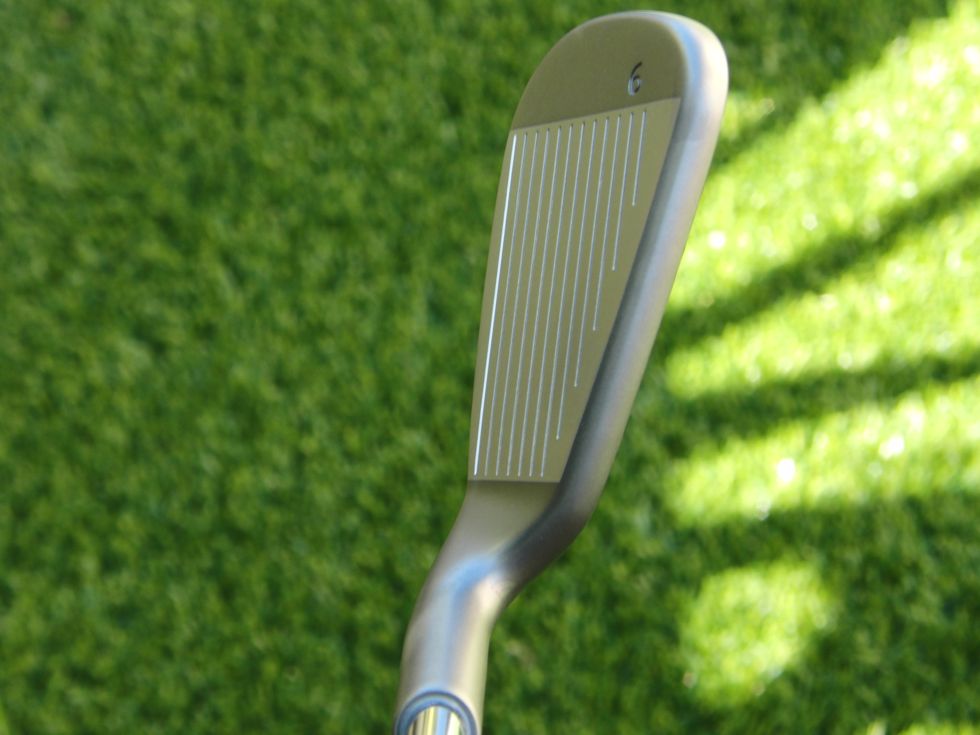
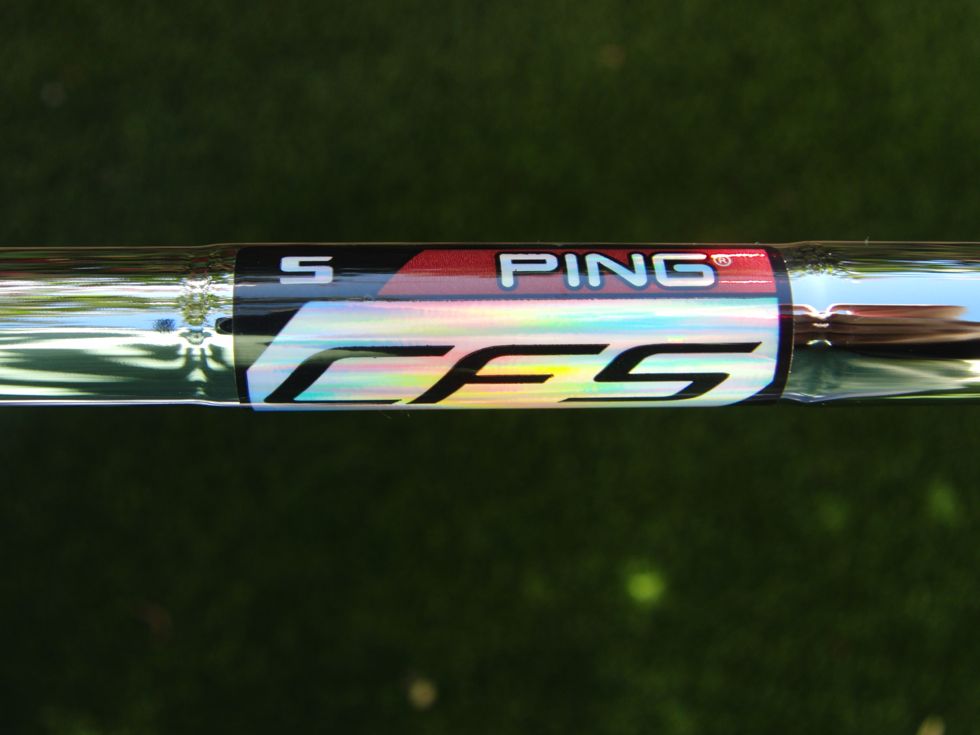
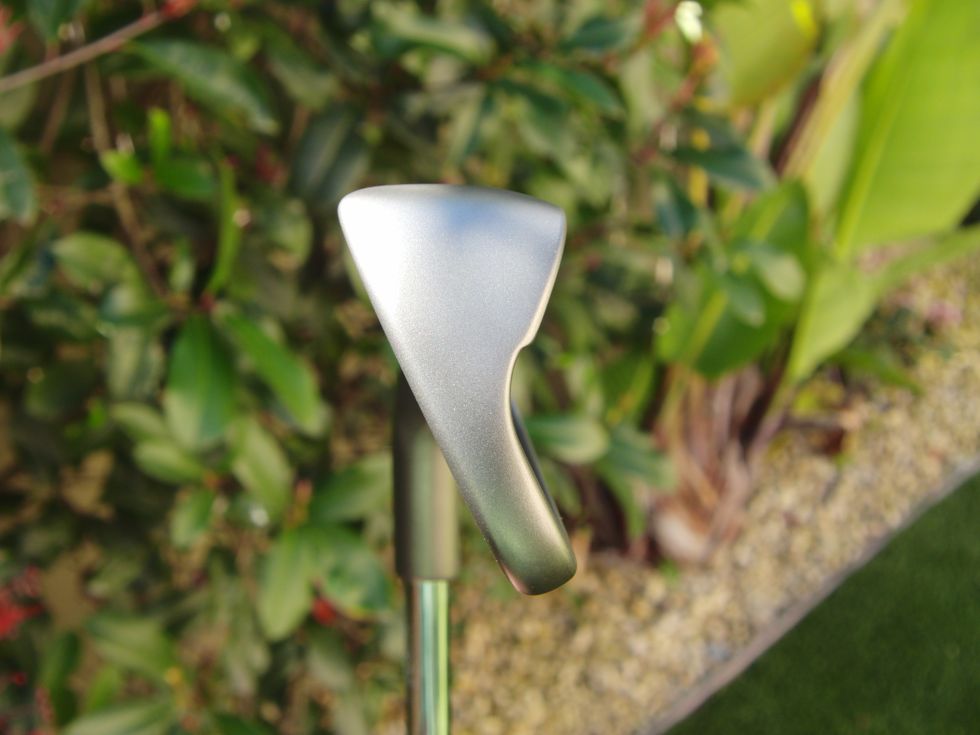
Last month I purchased both the Mizuno JPX 825 and the Ping G25 irons. I definitely prefer the G25.
I completely agree with your review. I have played about four rounds of golf with the irons thus far, and they are the best irons I have ever owned. I also agree that the longevity of the black elastomeric coating is in question.
I am in the market for new irons . I’m a 20 handicap so I don’t know if I should pull the trigger with the price .They did feel pretty good when I hit them at the indoor range . Also don’t know if I should buy from Golfsmith , where the salesman worked with me or go to a fitter who sells them .
Iceman- i would definitely get fitted for any new irons you might buy. and as far as pulling the trigger, a good set of irons will last you anywhere from 5-10 years so you should make the investment if you want to improve. im 30 years old and ive been playing for almost 20 years and i just bought my 3rd set of irons
Bit the bullet and bought G25 steel, yellow dot . Since I only use 5-pw , got a good deal from Edwin Watts . The other Ping retailers wanted me to buy the full set . Saving pennies but hope to buy the G25 driver and mid range hybrid as well .
I bought these irons about a month ago, love them as they are easy to hit and the sweet spot feels fantastic. There is certainly an issue with the black elastomeric coating though, as mine have already started to fade and are starting to look the same colour as the i20’s!
Have been out on the course several times and love these irons . Easy to hit , high ball flight , and I have gained a club in distance . Saving for the driver
I have a set on the way. I tried several major brands at Golfsmith and the G25s were the right irons for me. I got the 4-UW.
I’ve had the G-25s with graphite shafts for a year now and continue to love them. Very easy to hit.
I am noticing an interesting wear pattern on my new Ping G25 irons. It almost looks like they are scratched or marking.
Anybody noticing a similar wear pattern.
GaryV
I have the g 25 irons 3 to u wedge with graphite shafts. I added the 3 iron in 2017. I am issues with groove compression ( I expect a material softness issue) on 3, 4, 5 and 7 iron. I purchased a groove tool To clean then up. I noticed after 2 rounds on the 3 iron groove compression again. Has anybody else experienced this problem?
2020 and have owned my set since late ‘13. The black elastomer has held up perfectly fine (I play 100+ rounds/yr). I’m 56 so I’ll eventually shift to graphic irons but hope to play these for many more years.
Are Ping g30 better than Ping d700?